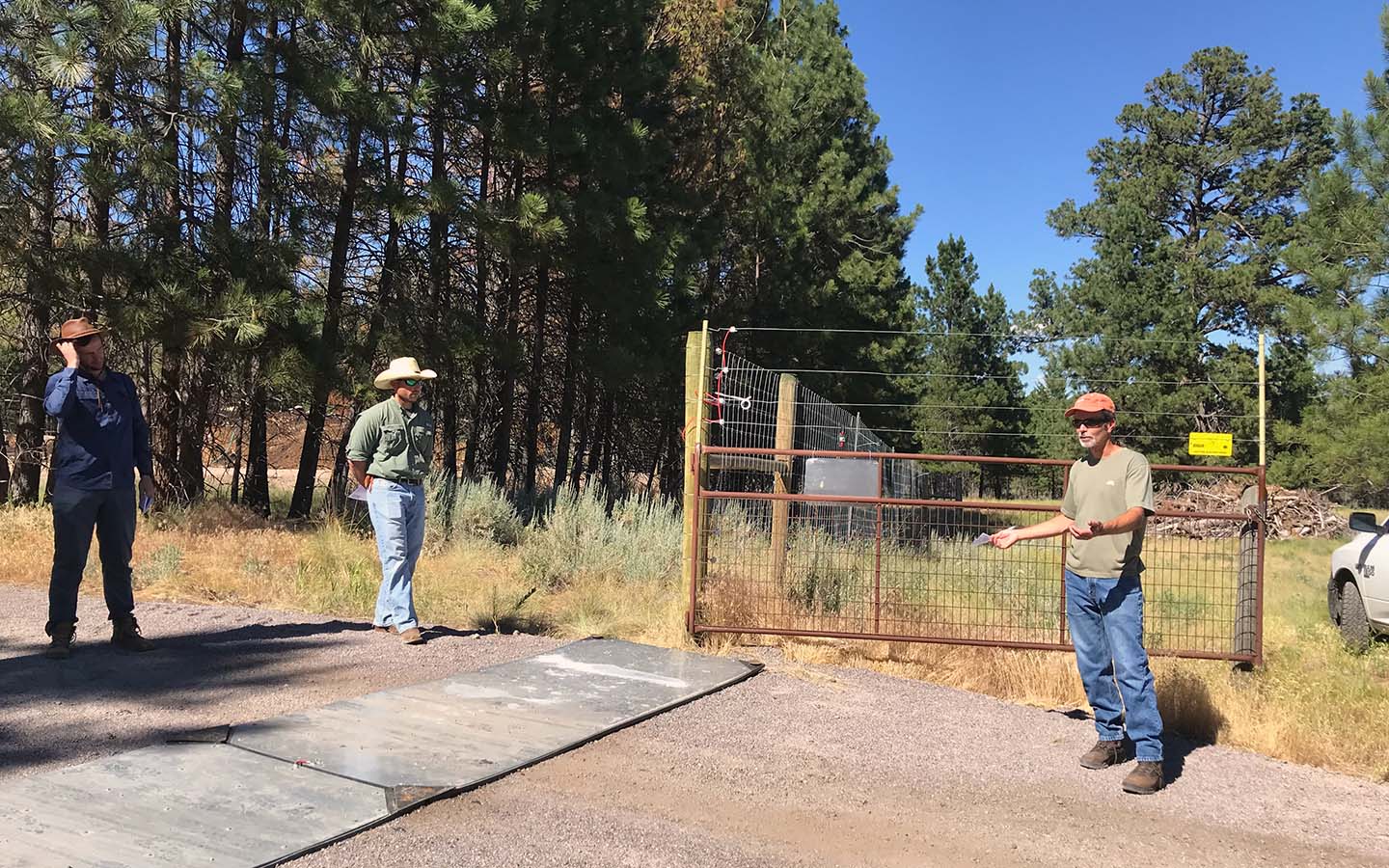
Sometimes, the simplest things can help wildlife
“Oh, give me a home where the buffalo roam Where the deer and the antelope play Where seldom is heard a discouraging word And the skies are not cloudy all day”
Sad to say, but that wide-open home on the range that Bing Crosby sings about in Brewster Higley’s “Home on the Range,” has been steadily diminishing with every passing decade as the Western landscape has been sliced and diced by roads and barbed-wire fences.
Today, only an extremely savvy deer or antelope (or elk, moose, or bighorn sheep) can move freely across private and public lands. Wild ungulates may have co-evolved nicely with carnivores on the top of the food chain, but they are overwhelmed by the “metallic carnivores” that roam highways. They also have little defense against the snagging attacks of barbs on fences.
What to we do about it? As with every bit of technology we invent, humans can learn to adapt to their downsides. There are ways to make things safer for wildlife.
With that goal, Colorado State University and Fort Collin’s Front Range Community College enlisted some of their students — with financial support from Colorado Parks and Wildlife — to take down gates and make road and fence crossings safer for deer, elk and antelope on the Roberts ranch in Larimer County, CO. Zach Thode, ranch manager championed efforts on the 17,000-acre Roberts Ranch. A working ranch, the ranch is in a conservation easement and Thode takes the conversation part of his job seriously.
The result, less wildlife mayhem on highways and fewer cases of animals getting snagged on barbed wire, where they die painful deaths.
What’s amazing is that the fixes are inexpensive, costing just $100 in materials and the students and their teachers who do the work come away enriched with the knowledge that they have increased the ability of wild animals to move about safely.
Eliminating barbed wire gates is remarkably simple: Install posts 4 feet above the ground and 17 inches apart. Walla! Cows, horses, and mules are too broad to pass through but ungulates easily slip past. Then take down the gates and count the comings and goings on a trail camera.
An alternative model constructed by Colorado State University and Front Range and Front Range Community College places a log horizontally on vertical supports, 40 inches above the ground. That allows antelope to pass underneath safely while deer and elk can easily jump over. Cows are blocked because they have too much mass to make the jump.
Since this opened with a lyric about freedom, here’s a fitting conclusion to this modest effort that makes the West safer for wildlife, written by Cole Porter:
“Oh, give me land, lots of land under starry skies above,
Don’t fence me in.
Let me ride through the wide open country that I love,
Don’t fence me in.
Let me be by myself in the evenin’ breeze,
And listen to the murmur of the cottonwood trees,
Send me off forever but I ask you please,
Don’t fence me in.”
Heather Dannahower is a professor of natural resources at Front Range Community College and Richard Knight is a wildlife conservation professor at Colorado State University. This piece is published in partnership with Writers on the Range, writersontherange.org, a nonprofit service that seeks to spur lively conversation about the West.




